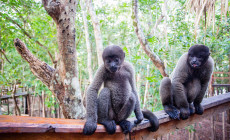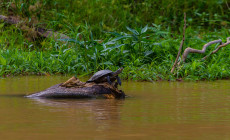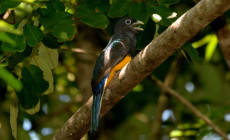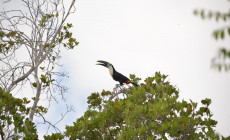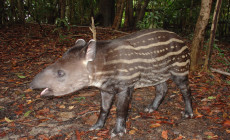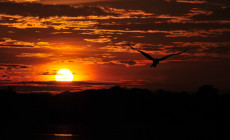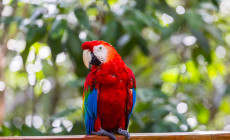-
Latin America
Latin America
- Countries (hidden space)
- Galapagos & Ecuador
- Guatemala
- Mexico
- Panama
- Peru
- Popular Attractions
- Machu Picchu
- Inca Trail
- Easter Island
- Galapagos Islands
- Patagonia
- Rio de Janeiro
- Iguazu Falls
-
Africa
Africa
- Spacer Africa
- South Africa
- Zimbabwe
- Popular Attractions
- Cape Town
- Okavango Delta
- Sossusvlei Dunes
- Victoria Falls
- The Kruger
- The Garden Route
- Masai Mara
-
Asia & Middle East
Asia & Middle East
- Asia
- Borneo (Malaysia)
- Cambodia
- India
- Japan
- Middle East
- Jordan
- Spacer Asia
- Laos
- Sri Lanka
- Uzbekistan
- Vietnam
- Popular Attractions
- Taj Mahal
- Lion Rock (Sigiriya)
- Angkor Wat
- Ha Long Bay
- Kyoto
- Petra
-
Destinations
- Latin America
- Argentina
- Bolivia
- Brazil
- Chile
- Colombia
- Costa Rica
- Galapagos & Ecuador
- Guatemala
- Mexico
- Panama
- Peru
- Asia
- Borneo (Malaysia)
- Cambodia
- India
- Japan
- Laos
- Sri Lanka
- Uzbekistan
- Vietnam
- Middle East
- Jordan
- Southern & East Africa
- Botswana
- Kenya
- Namibia
- South Africa
- Zimbabwe
- Contact Us
-
About
About
Llama Travel provides high quality holidays at the lowest possible prices.
99% recommend us Lower prices - guaranteed Financially protected by ATOL
The Amazon rainforest is one of the most famous destinations in the world, and the vast majority of this lush tropical jungle falls within Brazil’s borders. It is dissected by the Amazon river system, an elaborate tangle of waterways which contains a third of the world’s fresh running water.
The Amazon River basin divides into many channels on its meandering route to the Atlantic Ocean: at its widest points, the main stream measures up to 11km in width in the dry season, but swells to around 4 times this size in the rainy season. On our jungle holidays, you will experience the true power of nature and marvel at the magnitude of the forest, which covers around 40% of the whole South American continent, spreading into 8 countries.
Amazônia experiences high levels of rainfall, although this varies greatly throughout the region. Rain occurs year round, but the heaviest deluges fall between December and April, and July and August can be largely dry. This warm and wet tropical climate provides fertile living conditions for millions of species of insects, plants, trees, fungi, mammals, reptiles, fish and birds. In all our accommodation options, you follow jungle trails, take canoe rides and search for wildlife, although animals are usually hidden in the thick vegetation and can be difficult to see. Read our blog to find out which animals you might see on a trip to the Amazon.
Despite occupying over 50% of Brazilian territory, Amazônia is home to less than 10% of the total population. The vast majority live in Amazon cities such as Manaus, Santarem and Belem: sprawling pockets of development which have emerged due to the rainforest’s industrial assets. Deforestation to make way for industry and agriculture is a major concern in the Amazon region, as is the environmental damage caused by gold prospecting. There is a growing awareness of the importance of sustainable development and preservation in order to protect this wonder of the natural world; however much work is still to be done.
Away from the cities, many indigenous tribes continue to call the forest their home. There are small communities scattered throughout the dense jungle, often in remote locations which are difficult to access, disconnecting them from the rest of the world. There have been human settlers in the Amazon for over 30,000 years, and these people live in harmony with the forest, using an adept knowledge of the local plants and animals to survive. Most communities now combine traditional lifestyles and rituals with modern ways of living, using guns to hunt and sourcing clothes, food and household items from larger urban areas. With the arrival of non-indigenous people in the Amazon, many tribes have struggled to maintain control of their land, forcing them to relocate to the city.

